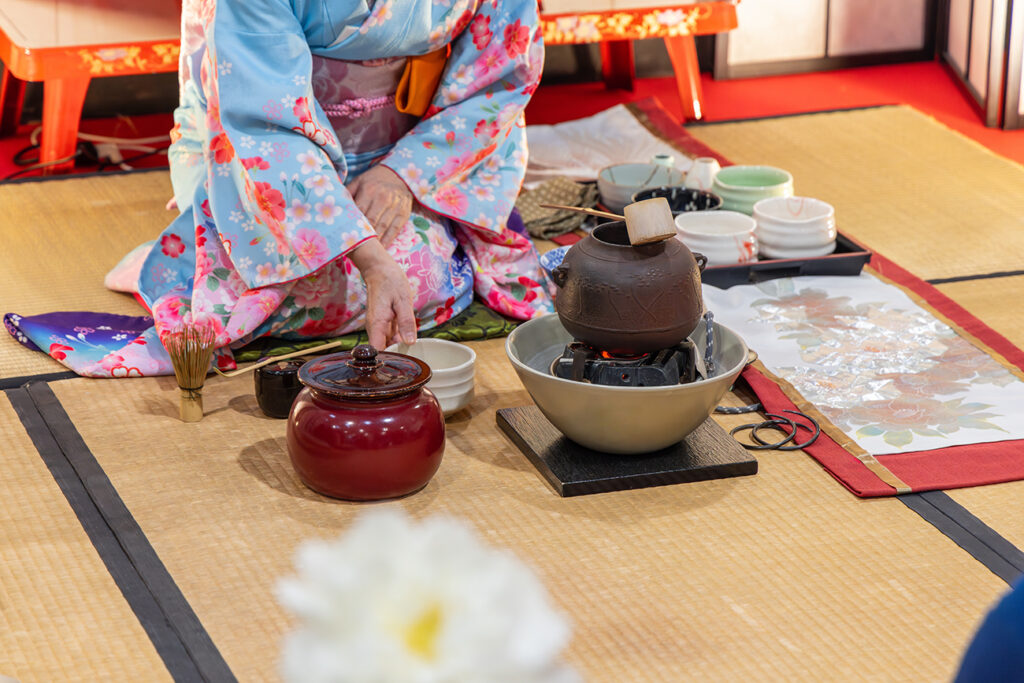
The Art of Omotenashi: Understanding Japanese Hospitality
When traveling to Japan, many visitors are immediately struck by the country’s warm, graceful, and highly attentive hospitality. But beneath the politeness and seamless service lies a cultural philosophy known as omotenashi (おもてなし)—a uniquely Japanese approach to hospitality that goes far beyond surface-level courtesy. At its heart, omotenashi is about anticipating the needs of others without expecting anything in return.
What is Omotenashi?
Omotenashi can be loosely translated as “selfless hospitality,” but its meaning runs deeper. Unlike service cultures where tips or rewards might be expected, Japanese hospitality is guided by an innate sense of duty and empathy. It’s the invisible effort to make someone feel welcome, safe, and respected, often without the guest even realizing the lengths to which the host has gone.
This ethos is embedded in every layer of Japanese society—from five-star ryokans to the local convenience store clerk who hands you change with both hands and a bow. The concept is not about grand gestures, but rather about small, thoughtful details: a hot towel handed to you before a meal, a handwritten welcome note in a hotel room, or the careful wrapping of even the simplest purchase.
Omotenashi has deep roots in traditional Japanese culture, especially in the tea ceremony (茶道, sadō). In this highly ritualized practice, every movement and item is chosen with care to create a moment of tranquility and connection between host and guest. The host prepares not just tea, but an entire atmosphere designed to make the guest feel honored and at ease.
This philosophy has transcended its origins and now shapes modern-day Japanese customer service, business etiquette, and even urban design. Clean public restrooms, silent train rides, and punctual public transport all reflect Japan’s desire to provide a seamless and respectful experience for others.
 Experiencing Omotenashi as a Visitor
Experiencing Omotenashi as a Visitor
As a traveler, you’ll notice omotenashi in countless subtle ways: train station attendants who go out of their way to help you find the right platform, shopkeepers who chase after you to return forgotten belongings, and hotel staff who bow deeply at every departure.
Importantly, this hospitality is not performative. It is rooted in sincerity and mindfulness. The goal is not to impress, but to make the guest feel genuinely cared for.
In a world where customer service is often transactional, omotenashi stands out as a quiet but powerful philosophy. It reminds us that true hospitality is not just about service—it’s about empathy, attentiveness, and the simple desire to bring comfort to another person. Experiencing omotenashi in Japan is more than just pleasant—it’s unforgettable.

